Champagne, an emblematic region of France, is famous for its vineyards and wine production, and has been declared a...
-
MenuBack
- our champagnes
- Our Nuggets
- Organic
- Brands
- Month's discount
- Gift Idea
-
Type
-
-
Blanc de Blancs
-
Blanc de Blancs
-
Blanc de Blancs
-
Blanc de Blancs
-
Blanc de Blancs
-
-
-
MenuBack
- our champagnes
- Our Nuggets
- Organic
- Brands
- Month's discount
- Gift Idea
-
Type
-
-
Blanc de Blancs
-
Blanc de Blancs
-
Blanc de Blancs
-
Blanc de Blancs
-
Blanc de Blancs
-
-
Search in blog
Blog categories
- Winegrower artists (6)
- The History of Champagne (7)
- All about Champagne (73)
- Practice (17)
- Food and Wine (7)
- Output and Event (3)
- People (7)
- What a dish with this Champagne (5)
- Events around the Champagne (10)
- Champagne World (18)
- Outings in the Champenois vineyards (4)
- The experts (25)
- Tips and Tricks (15)
- At the table (7)
- News (61)
- Insolit (9)
Latest posts
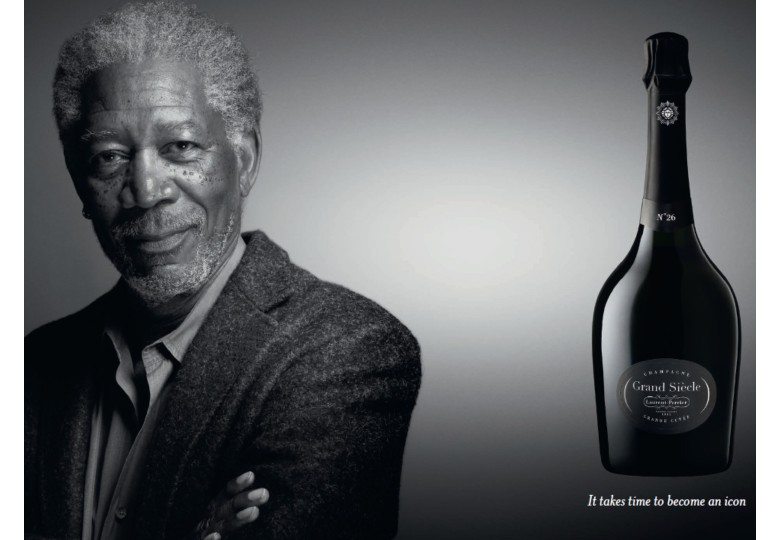
At Laurent-Perrier, we're different from the rest, or at least we're perceived to be. It took a lot more time, effort...
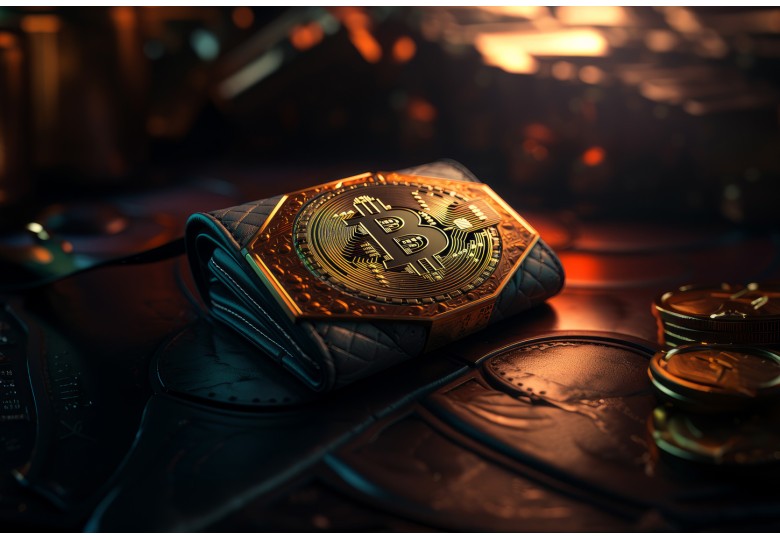
Recently, e-commerce site pepites-en-Champagne.fr took the innovative step of accepting cryptocurrencies as a payment...

Uncorking a bottle of Champagne may seem intimidating, but with the right techniques, it becomes child's play. In...

Christmas is a magical time of year when we celebrate with family and friends. And what better way to celebrate than...
Popular posts
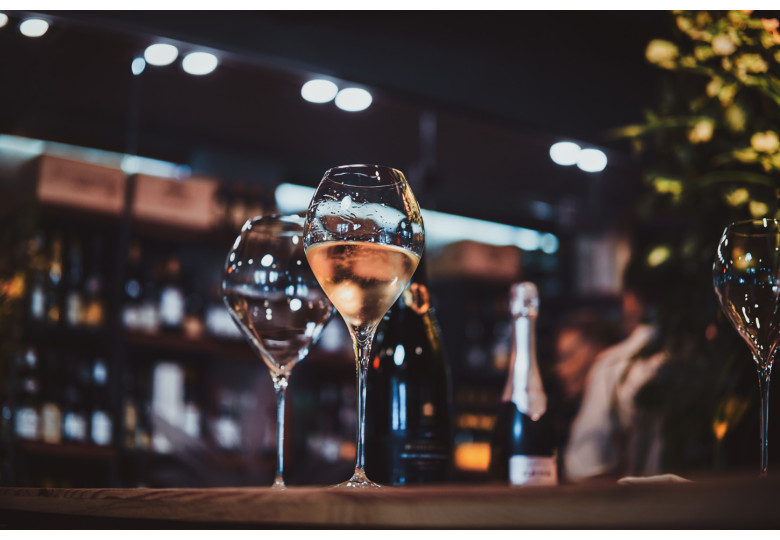


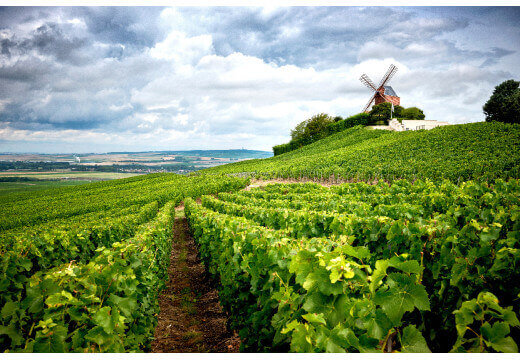
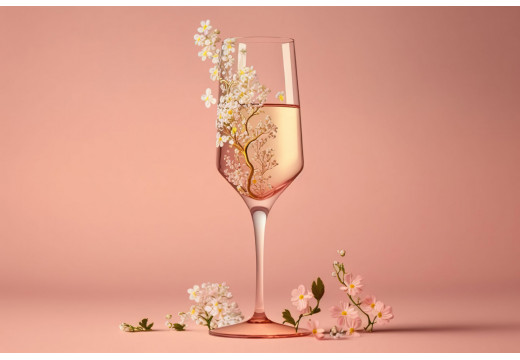
Blog tags

How to store champagne? How should it be served? At what temperature?
Champagne storage
Champagne is a fragile product. It deserves special care to preserve its qualities and characteristics intact until it is ready to be enjoyed.
The ideal configuration is a space that is sheltered from light, cool and airy, free from temperature variations or vibration, odorless, and with a humidity level not exceeding 70%.
These conditions are generally met by traditional wine cellars, perfectly suited to the preservation of champagne.
But it's not always possible to find a space that meets all these characteristics. Wine cellars or cabinets can provide an alternative. The temperature should be set between 10 and 12°C.
Light, the enemy of champagne
Champagne is very sensitive to light.
Exposure to the neon lights of certain stores or to natural sunlight will cause it to lose some of its qualities. It will bear the stigma when tasted.
The defect caused by prolonged exposure to light can affect any type of wine. It is called "light taste". It is characterized by alteration of the champagne:
- reduction in color intensity,
- reduction in fruity notes,
- appearance of reduced aromas reminiscent of cauliflower or wet wool.
This is due to the transformation of volatile compounds into methanethiol, a colorless, malodorous gas.
This defect is deleterious: irreversible, it considerably degrades the champagne's characteristics, making it unfit for consumption.
Some cuvées are marketed in transparent bottles. While this may be seen as a sign of originality, it is essential to ensure that the bottles are stored properly. These bottles are generally placed in an opaque box or wrapped in a film containing an anti-UV filter. They are then protected from light rays.
To avoid any disappointment, it's best to buy from local wine merchants or wine professionals.
How to store champagne
The horizontal position of the bottles keeps the cork supple and tight, in contact with the liquid.
It is therefore commonly accepted that bottles should be stored horizontally.
On the other hand, a cork that is not in contact with the liquid gradually dries out. It shrinks in size and loses its hermetic qualities. It then lets the gas contained in the bottle escape, creating an exchange with the outside air.
This also happens with bottles kept too long in the fridge, where the dry air dries out the cork. The consequences are irreversible. They result in a loss of effervescence and a denaturation of aromas and flavors.
Some people, however, opt to store their bottles upright, in a vertical position.
The argument put forward is that the pressure present in the bottle enables the cork to remain humidified, whether the bottles are lying down or standing up. However, this practice remains marginal.
While it is certain that the horizontal position is commonly adopted, it is confirmed by the quality of the oldest champagnes found in this same position.
How long to keep champagne
in addition to storage conditions, shelf life depends on the quality of the champagne and the size of the bottle.
A high-quality champagne that has benefited from prolonged aging has a high ageing potential. It can be kept for 10 to 15 years, or even longer if conditions are right. On the other hand, a younger champagne, such as a Brut Sans Année with little ageing, should be consumed within 3 to 5 years.
Unlike still wine, the aromas of champagne no longer evolve once the final cork, held in place by the wire cork, has been put in place. The ageing process takes place during the last fermentation, during maturation.
As the yeasts have been expelled during disgorging, the champagne is stabilized before being marketed.
The size of the bottle should also be taken into account. Champagne keeps better in magnums than in half-bottles.
This is due to the volume of air in the bottle in relation to the volume of liquid. Prolonged exposure of wine to oxygen leads to oxidation. This denatures aromas, diminishes freshness and darkens the color. The result is a distinctive bitter taste reminiscent of Madeira wine, hence the somewhat abusive expression "Madeira champagne".
Reduction
Gertains champagnes can be prone to reduction.
This defect is characteristic of wines whose vinification process has not been perfectly mastered.
It is in fact due to a lack of oxygen.
It distorts the taste of champagne, giving it aromas of muddy water, cabbage or garlic, sometimes accompanied by bitterness on the palate.
How to store an OPEN bottle of Champagne?
If you don't drink all the champagne, you can keep it for a few more days under certain conditions.
First of all, you need to reseal the bottle to preserve the effervescence.
The ideal solution is to use a stopper cork, perfectly hermetic and adapted to this type of bottle. There are several models available. Their distinctive feature is their airtightness and ability to withstand pressure.
The next step is to store the bottle away from light and odours, in a cool place at a constant temperature.
The oldest Champagne in the world
Some 30 perfectly preserved bottles, most likely containing Veuve Clicquot from the 1780s, were found by a team of divers in a wreck off the coast of Finland in 2010.
After more than two centuries in the Baltic Sea, at a depth of over 50 meters, this champagne has benefited from ideal preservation conditions: absence of light and constant coolness. Its effervescence seems to have been maintained intact.
"This wine is absolutely fabulous. There are still iolies and fine bubbles," said oenologist Ella Grüssner Cromwell-Morgan, who was able to taste it. "The palate is really surprising, very sweet but still with acidity," she described. "This is explained by the fact
that champagne was much sweeter in the days when the fermentation process was poorly mastered."
" After 170 years at the bottom of the sea, these wines have retained the intrinsic characteristics of champagne wines," explains Philippe Jeandet, from the Vignes et Vins de Champagne research unit at the University of Reims.
The researchers identified an alcohol content of 9.5 degrees, a far cry from the 12.5 degrees currently found in champagne. "This is not an effect of aging. The most likely reason is that the climate was colder at the time," notes the researcher. He goes on to confirm that "the taste was much sweeter back then. Champagne was drunk with 150 grams of sugar per liter, or 7 sugar cubes per glass."
How to preserve champagne without a cellar?
Ideally, if you have a small budget to invest, you can buy an apartment wine cellar. These come in a range of models to suit all budgets, and are highly efficient. They can reproduce exactly the humidity, temperature and light conditions normally found in a wine cellar.
If you don't have the budget or space for an apartment wine cellar. You can store your bottles in a garage, which will protect your wine from light, and often offers rather cool temperatures, ideal for storing wine.
Third solution: a room or cupboard specially designed for wine storage. To do this, you need to respect the ideal conditions (temperature, light, humidity, position of the bottle, etc.) so as not to sabotage the contents of the bottles.
Finally, as a last resort, you can store your wine in a refrigerator. Generally speaking, only use a fridge when the wine is about to be consumed, or when it has been opened and is to be stored for the following day. Be sure to take the bottle out of the fridge to allow it to warm up to serving temperature (around 10 degrees for white wine and 15-17 degrees for red wine).
Should I put the champagne in the fridge?
Champagne should be kept at a relatively low temperature. However, if you don't have a cellar, you should consider putting your champagne in the fridge when you're ready to enjoy it. In this case, you'll need to keep it in the fridge for between 2 and 4 hours.
Can champagne stand the heat?
Champagne is a fragile wine, so avoid thermal shock and, above all, do not store at high temperatures (20° or more).
How long can you keep champagne?
If biodynamic champagne relies on esoteric practices in its production, and organic champagne uses no synthetic products or chemical ingredients, what about natural champagne? Natural Champagne comes from vines grown without the use of chemicals, and no inputs are used in the winemaking process. However, there is a threshold that must be respected, and sulfur dioxide (SO2) must not exceed 30 mg per liter. Natural Champagne may be produced organically or biodynamically, but does not use any winemaking inputs (other than SO2).
Champagne shelf life
Champagne grade
Wine storage temperature
Champagne fridge
Champagne open conservation
Champagne tasting temperature
Champagne garde
Champagne conservation stopper
Champagne temperature ideale
Champagne degustation
Keep champagne open
Champagne storage
Champagne wine cellar
Champagne bottle storage
Hot champagne
Related posts
 Champagne PEHU SIMONET the art of preserving freshness
Champagne PEHU SIMONET the art of preserving freshness
 The iodized notes of the Champagne blanc de blancs go very well with a seafood platter, especially oysters.
The iodized notes of the Champagne blanc de blancs go very well with a seafood platter, especially oysters.
 Champagne bottle sizes and capacities
Champagne bottle sizes and capacities
 Geoffrey Orban - Revealing the DNA of Champagne's subsoils and future wines
Geoffrey Orban - Revealing the DNA of Champagne's subsoils and future wines
 " Bollinger Champagne Cyril Mignon-Boulard
" Bollinger Champagne Cyril Mignon-Boulard
